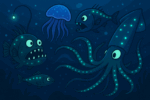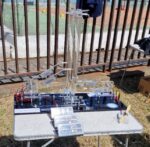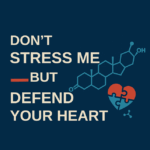
From the macroscopic to the microscopic: cells, tissues and organs are extraordinarily similar in mice and humans
Although humans and mice evolutionarily diverged 75 million years ago, they have preserved a remarkable degree of genetic, anatomical, and physiological similarity. These two species differ in 1% of their genes, which makes the mouse a model animal for clinical and translational research. The experiments, conducted in the Laboratory of Histomorphological and Immunohistochemical Methodologies at the Department of the University of Messina in collaboration with the Jagiellonian University in Krakow, demonstrated the beneficial effects of N-acetylcysteine, an antioxidant substance, on the liver and intestine of mice in which LPS (E. coli) inflammation was in progress. By showing mouse models, the anatomical torso, some histological sections, and using interactive Apps, the researchers will help the participants to discover the importance of model animals in scientific research to promote human well-being and the health of other species.
PARTECIPANTI: Simona Pergolizzi, Anthea Miller, Giorgia Pia Lombardo, Valentina Natale, Laura Spiccia, Gaia Pirracchio, Alexia Severino, Lorenza Mastrantonio, Magdalena Kotańska













